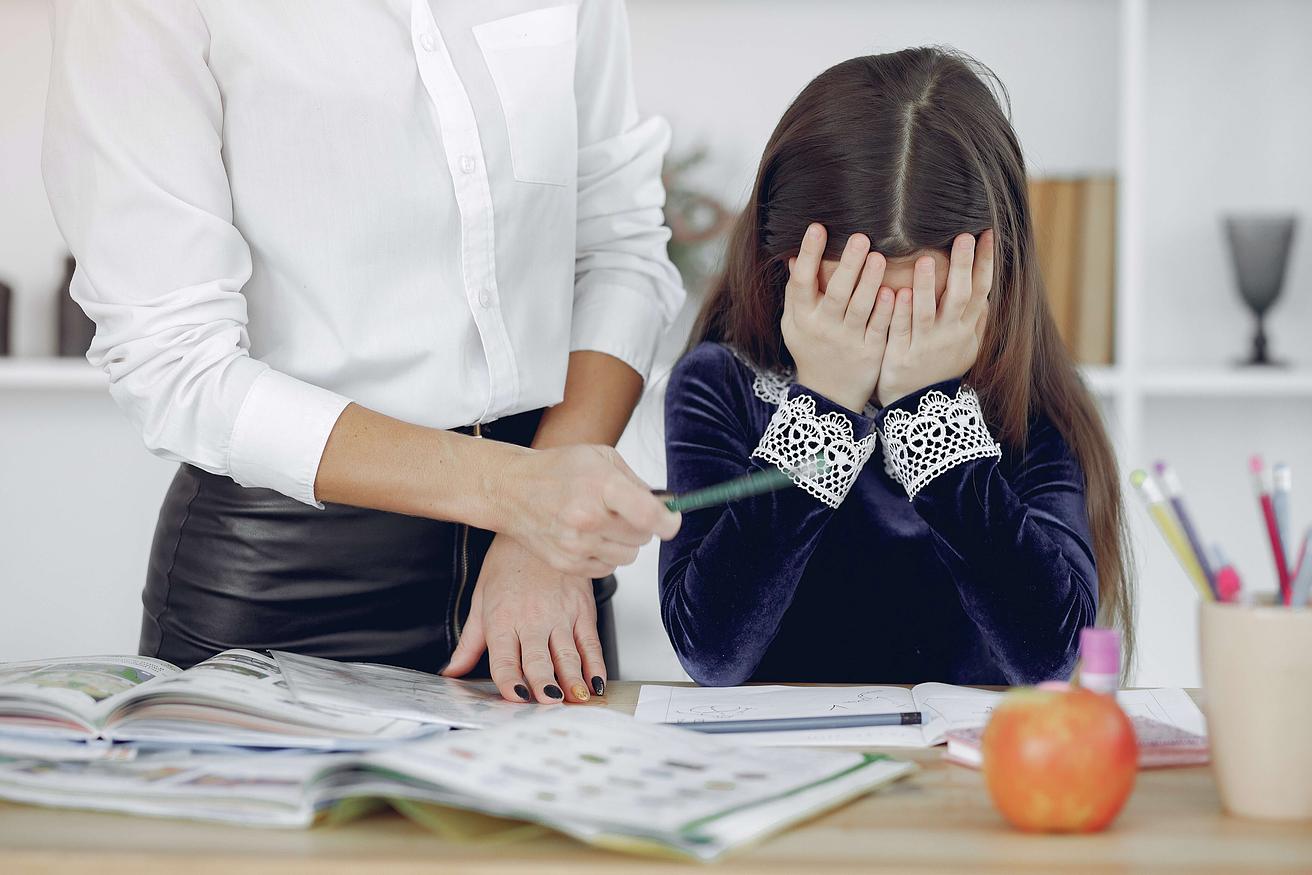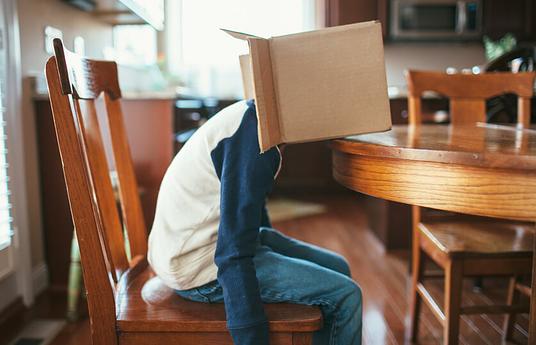In and out of the classroom, good mental health is the key to success. Like us, our students are vulnerable to the pressures of day to day life, especially during difficult and tumultuous times. Finding ways to help them cope and feel heard is essential to their well-being, as is identifying possible instances of toxic stress or abuse in a child's life.
Today is World Mental Health Day. Created by the World Health Organization, this day of awareness is all about increasing the public's consciousness of mental health, the availability of care for the mentally ill, and the need for effective advocacy aimed at treating and caring for those with mental illness.
World Mental Health Day is a great time to check in with your own mental health, and a strong reminder that this cause should never be far from our minds. It's also a fine time to begin implementing stress reduction strategies in the classroom, to the benefit of young learners who may be struggling. As this visualization from We The Parents illustrates, childhood stress can be deeply impactful, and help and reassurance from parents and teachers is a crucial part of the way children manage stressful feelings.
.jpg)
Agitation, distraction, emotional outbursts, falling grades, and lack of participation can all be indicative of classroom stress and are signs that a student could use some help. Here are some tips for creating a less stressed-out classroom.
- Be observant regarding behavioral changes, especially unusual non-participation or dropping grades. Check-in with students who you feel may be struggling or feeling stressed. If you suspect a student may be coping with toxic stress at home, provide them with resources and guidance for getting help.
- If you can identify a source of stress in a student's academic life, help them to remove or work around their stress trigger through ongoing support and the conveyance of coping skills.
- Make yourself available to your students for talking and self-expression, being honest and open with them, so that they feel comfortable coming to you when they're stressed.



